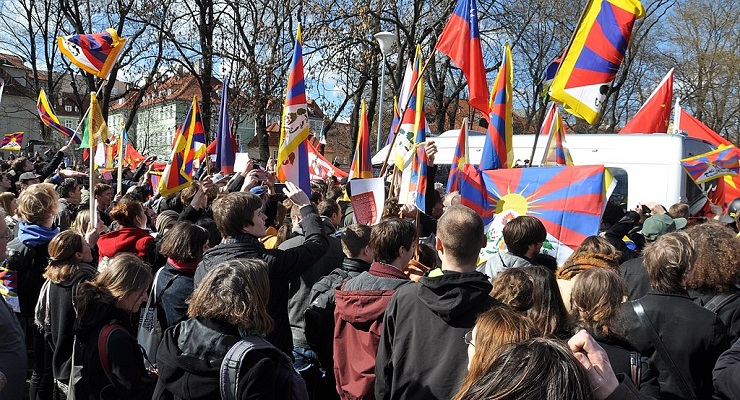
Timothy Garton Ash revisits the events of 1989 and the political trajectory the world has taken 30 years after. According to the Professor of European Studies,
On the tenth anniversary of 1989, at the brink of the millennium, we could celebrate both the original triumph of the velvet revolutions and great subsequent progress. By the twentieth anniversary, in 2009, the countries of Central Europe had become members of both NATO and the EU, while political scientists described Hungary as a “consolidated democracy.” On this thirtieth anniversary, by contrast, the question that forces itself onto dismayed lips is “What went wrong?”
The question is justified, and I will endeavor to answer it, but it must be preceded by a look at what went right. People now often assume that after 1989 there was a period of undiluted liberal optimism, in which everyone felt sure that Central Europe would advance steadily toward liberal democracy, market economies, and membership in the most important institutions of Western liberal internationalism. Not so. In those early years we were filled with doubts and fears. On the penultimate page of my eyewitness account of the velvet revolutions, The Magic Lantern,* based on essays published in The New York Review and finished in January 1990, I suggested that Central Europe might well become again “a dependent intermediate zone of weak states, national prejudice, inequality, poverty and Schlamassel” (roughly translatable as “snafu”). Václav Havel’s press secretary and biographer Michael Žantovský recalls that when Havel entered Prague Castle in December 1989, with crowds celebrating wildly outside, the newly elected president warned his closest associates, “We are coming in as heroes, but in the end, when they realize what a mess we’re in and how little we can do about it, they will railroad us, tarred and feathered, out of town.”
Read more here.
Leave a Reply